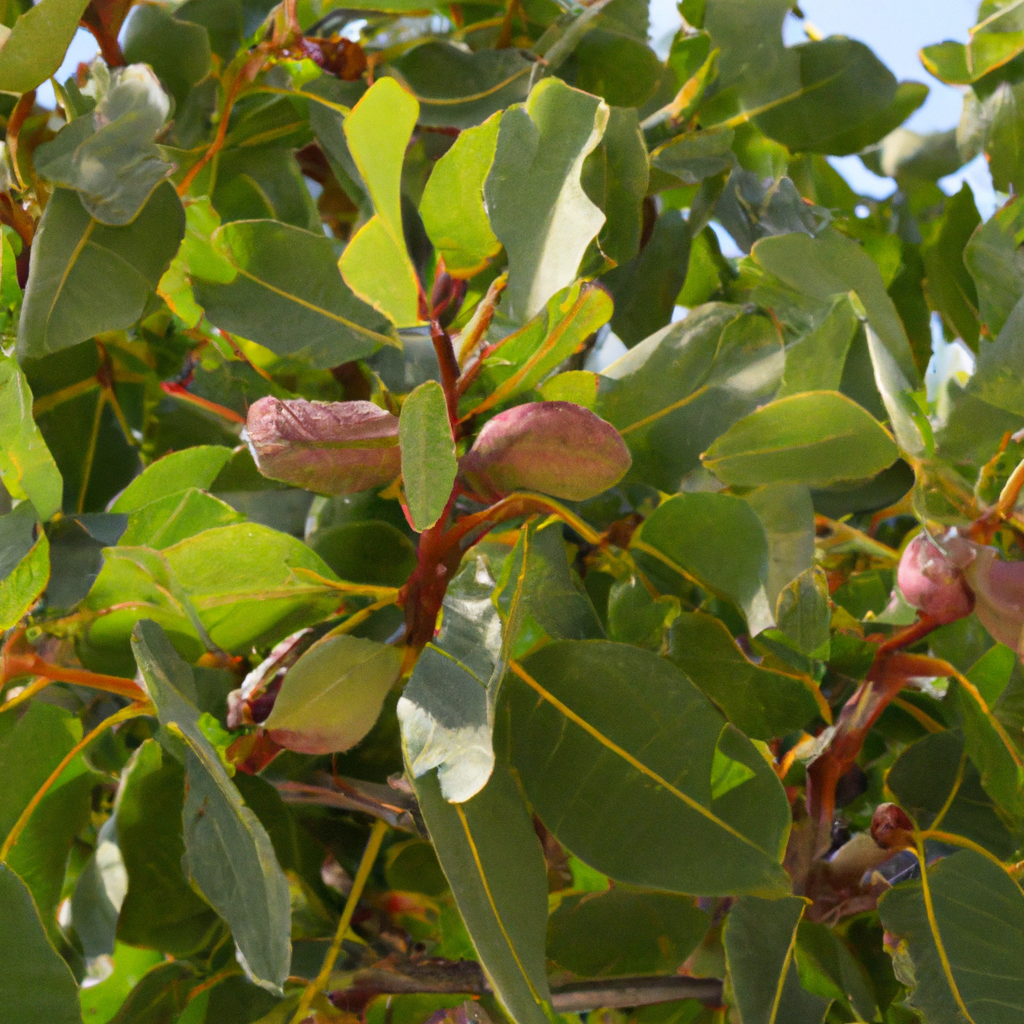Guide to appellations

Three or four letters at the end of a name, a colorful symbol on the label or the guarantee of a trusted trader: abbreviations of quality products are always highlighted and often used to promote the products themselves .
The Nolita team has tried to figure it out and provide you with as much detail as possible. Tasting quality wines, products from different regions, is good. Knowing the traceability, the origin, the quality label.... it's better!
Indeed, acronyms seem capable of multiplying: more than 50 years after their conception, they risk becoming an enigma rather than an indication. These designations are in fact simple to manage, but often difficult to interpret: if you wonder what DOCG wines have to do with DOC and DOP, if you want to know how to relate the term IGP and IGT, well one A little guide is needed.
DOP, protected designation of origin.
It is the best-known and most used symbol, officially recognized and shared at European level.
Our friend and supplier Andrea Faccio (Villa Giada) has been getting up to speed for a while now.
This appellation has more than 400 wines and 160 Italian products registered, such as traditional balsamic vinegar from Modena.
It distinguishes foods and wines whose taste characteristics can be attributed to belonging to a specific geographical environment: for this reason, the acronym is assigned only to food specialties produced and processed in specific areas and according to a production discipline very distinct.


DOC, Appellation d’origine contrôlée.
This is the historical abbreviation, established since the 60s and known to everyone in Italy.
Historically, it has been used as a "label" for quality wines produced in small or medium geographical areas, with characteristics attributable to the grape variety, environment and production methods, the first products were recognized in 1966.
This name has in principle no longer been used since 2010.
According to European law, the latter is now absorbed into the DOP code. Its use is still permitted as a specific traditional term.
DOCG, Controlled and Guaranteed Designation of Origin.
Like the abbreviation DOC, this brand is now part of the large DOP family. It is in any case awarded to wines already recognized as DOC and considered to have particular value for at least 10 years.
Some examples? Aglianico del Vulture, Barbaresco or even Brunello di Montalcino.
Sooner or later, Nolita will unearth a few bottles displaying this glorious label.


PGI, protected indication of origin.
This is the second type of acronym shared at European level. Despite the name, it indicates foods and wines typical of a specific geographical area and that it can also be processed products.
This actually means that a given product, although worked in the indicated area using specific methods, may come from a different region or even abroad.
PGI food products in Italy are currently 116; to these we must add 118 wines, which can alternatively use the abbreviation IGT.
STG, traditional specialty guaranteed.
It is the European acronym that has the least to do with the origin of the products. It is in fact used exclusively for foods with characteristics of tradition and quality that stand out from other similar products: the only two Italian cases are mozzarella and Neapolitan pizza - which, however, can be produced with the same characteristics in other other countries. The STG designation can therefore be used in countries located far from the Mediterranean.


Now let's go even further.
In Italy, a quality label makes it possible to distinguish traditional products and niche products, with such a small difference in typicality that it is not possible to classify them under DOP or IGP:
the Pat !
This is the only quality code assigned by the different regions of the peninsula.
It is in fact about promoting local specialties obtained by traditional methods of processing, conservation and maturation. They must have been in use for at least 25 years, and must be uniform across the entire territory.
Some examples: Sanguinaccio, miele lucano, Sardinian mustard ham, South Tyrolean speck.
organic
Finally is the word used in Italy to identify drinks and foods produced with organic methods, therefore without the use of synthetic chemical substances. European recognition is given by a particular mark, consisting of the shape of a leaf with twelve white stars on a light green background. The organic logo and name (or its abbreviation BIO) can only be reported on the packaging of products that use at least 95% organically grown agricultural ingredients and that comply with the national control and certification system. Since 2012, the BIO brand can also be used for wine, which until then had to be content with the words “obtained from organic grapes”.

As you will have understood, we of course attach importance to quality labels, without losing sight of the most important aspect to us: when it's good it's good, period!
Luigi of Nolita



